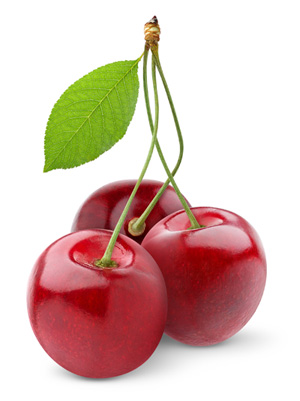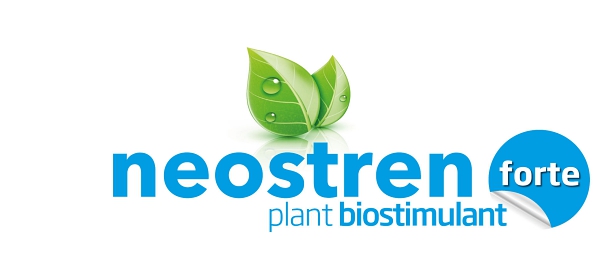neostren forte
Biostimulant corrector of physiopathies of the fruit skin
in horticultural, fruit, vine and table grapes
Characteristics
Biostimulant corrector of physiopathies derived from the lack of assimilation of calcium that affect the skin of the fruits of horticultural crops, fruit trees, wine vines and table grapes.
Neostren forte applications improve the absorption and mobility of calcium by the cuticle, since the osmotic potential of the cell is optimized, ensuring greater permeability of the tissues so that they do not dehydrate.
It protects and restructures the cell walls of the tissues, since it minimizes the action of high temperatures and the concentrations of salts that can occur in the skin of the fruit, which causes dehydration and small breaks in the skin.
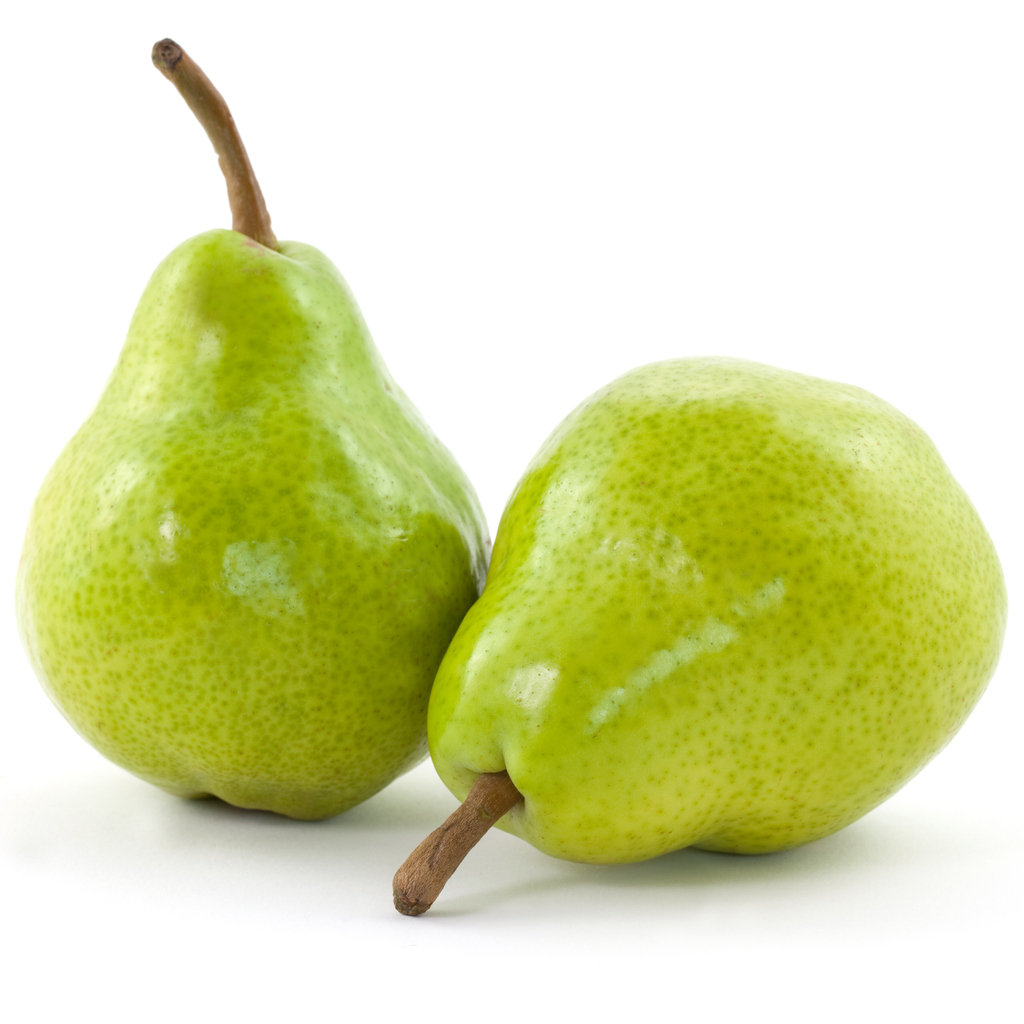
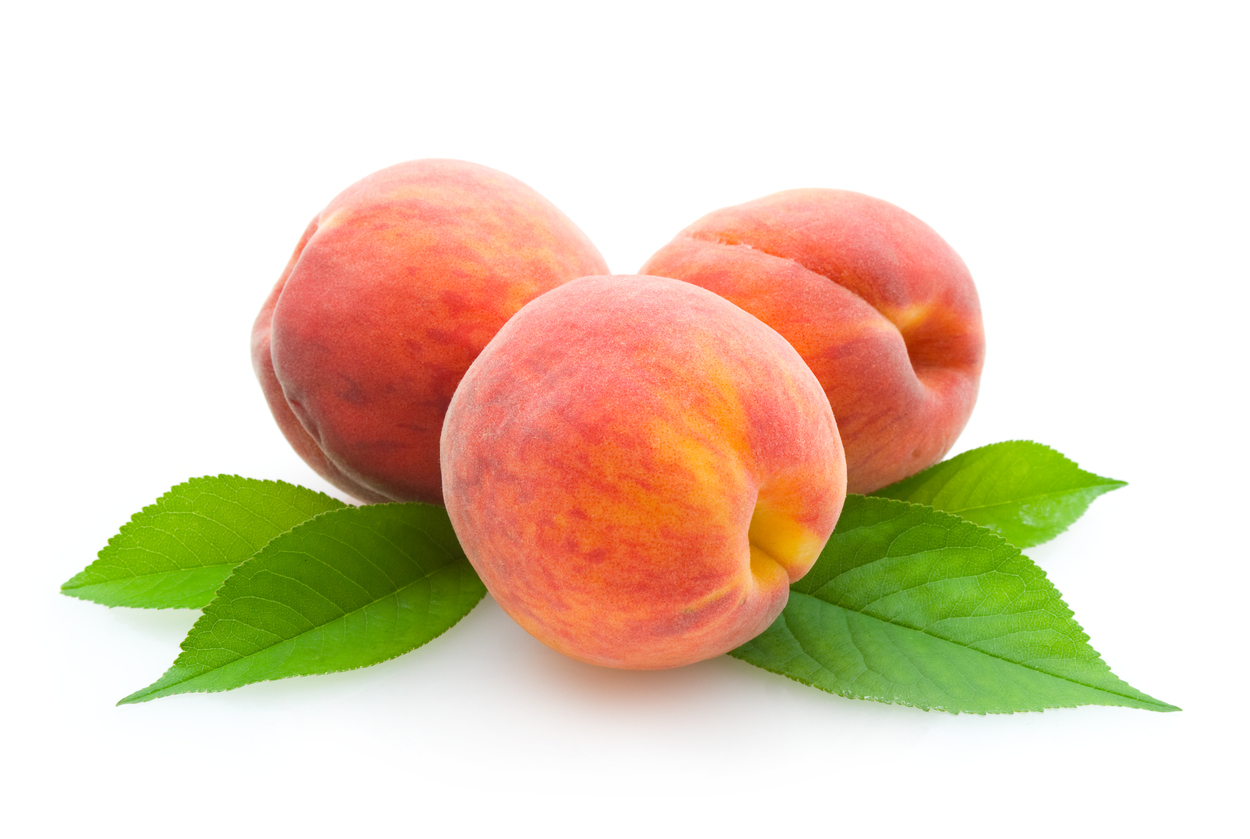
Advantages and benefits
→ Strengthens and hardens the skin of the fruit without losing elasticity
→ Greater mechanical resistance of the fruit against damage by friction, handling, transport.
→ Reduces microcracks in the skin of the fruit
→ Greater tolerance of the fruit to sudden changes in temperature and humidity
→ Closure of pathways for pathogens
→ Reduces and dampens cracking in fruits
→ Extends the life of the post-harvest fruit
Crops, dose and time of application

Apple trees. It can be used in all varieties of apple tree, in order to reduce the incidence of Bitter-pit. The application period extends from the third week after flowering to two weeks before harvesting, carrying out at least four treatments of 2-2.5 kg / ha each.
Stone fruits. Three applications every 15 days after the cap falls off.
→ Cherry: 3 applications every 7 days after petal fall.
→ Loquat: to avoid purple stain. Make 3 applications: 15 days before the veraison, during the veraison and 7-10 days after the second.
Citrus. Make 3 applications of 2.5 kg / ha during the development of the fruit until harvest at intervals of 12 to 15 days. Volume of water: minimum 500 l / Ha.
Lettuce. 2 to 3 applications of 2 kg / ha starting 10 to 14 days after transplantation with intervals of 7 to 14 days between applications
Tomato, pepper, melon. Applications of 2 – 2.5 kg / ha from flowering of the second bunch. Repeat at intervals of 7 to 14 days.
Vine and table grape. Carry out 2 applications at 2 kg / ha from the start of veraison until harvest.
Causes of the appearance of bitter-pit
This problem is caused by a localized calcium deficiency in the growth and development stage of the fruit on the tree. Any mineral imbalance produces a decrease in calcium levels and increases the concentration of magnesium and potassium in the fruit.
Cell membrane transport mechanisms are affected by these reasons, altering the permeability of the membrane causing cell damage and gradual cell death without showing symptoms before harvest. The most common is the appearance of symptoms after 1 or 2 months of storage at 0ºC, which correspond to the appearance of spots of size 2 to 10 mm, dry and green or brown. Under the depressions there is a brown, dry spongy and bitter tissue.
A concentration of calcium in fruit of 5 mg per 100 grams of fresh fruit is considered as a minimum, to reduce the potential risk of the disorder. Dry years, with low-flowering, low-load trees, are more sensitive to bitter-pit.
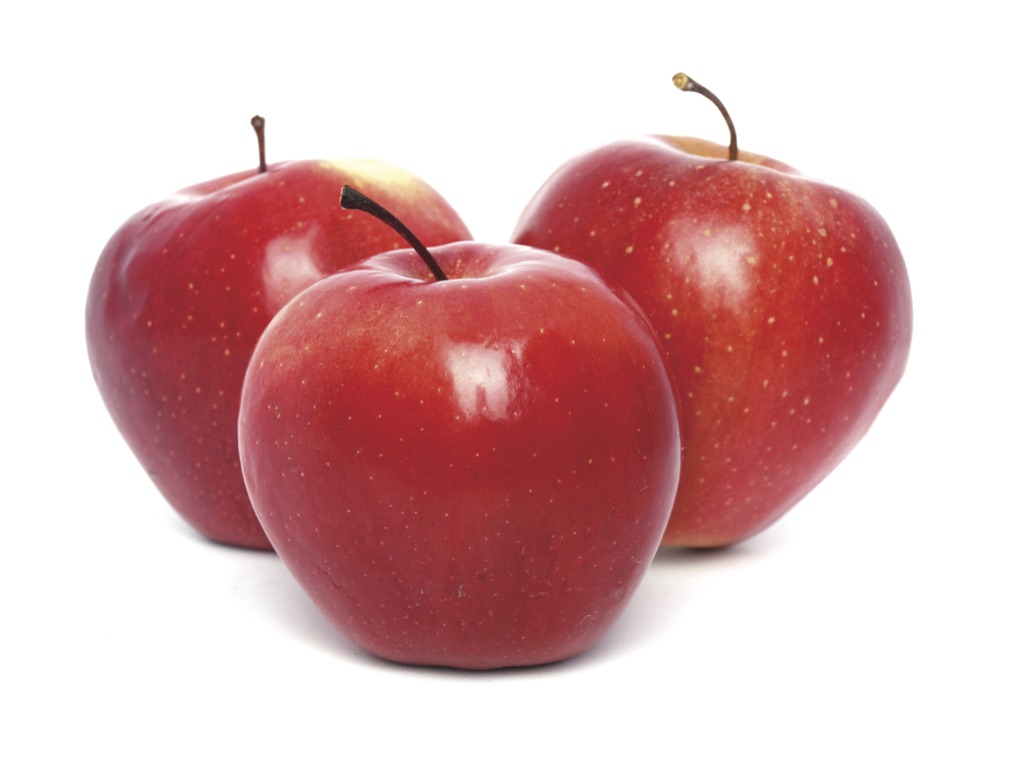
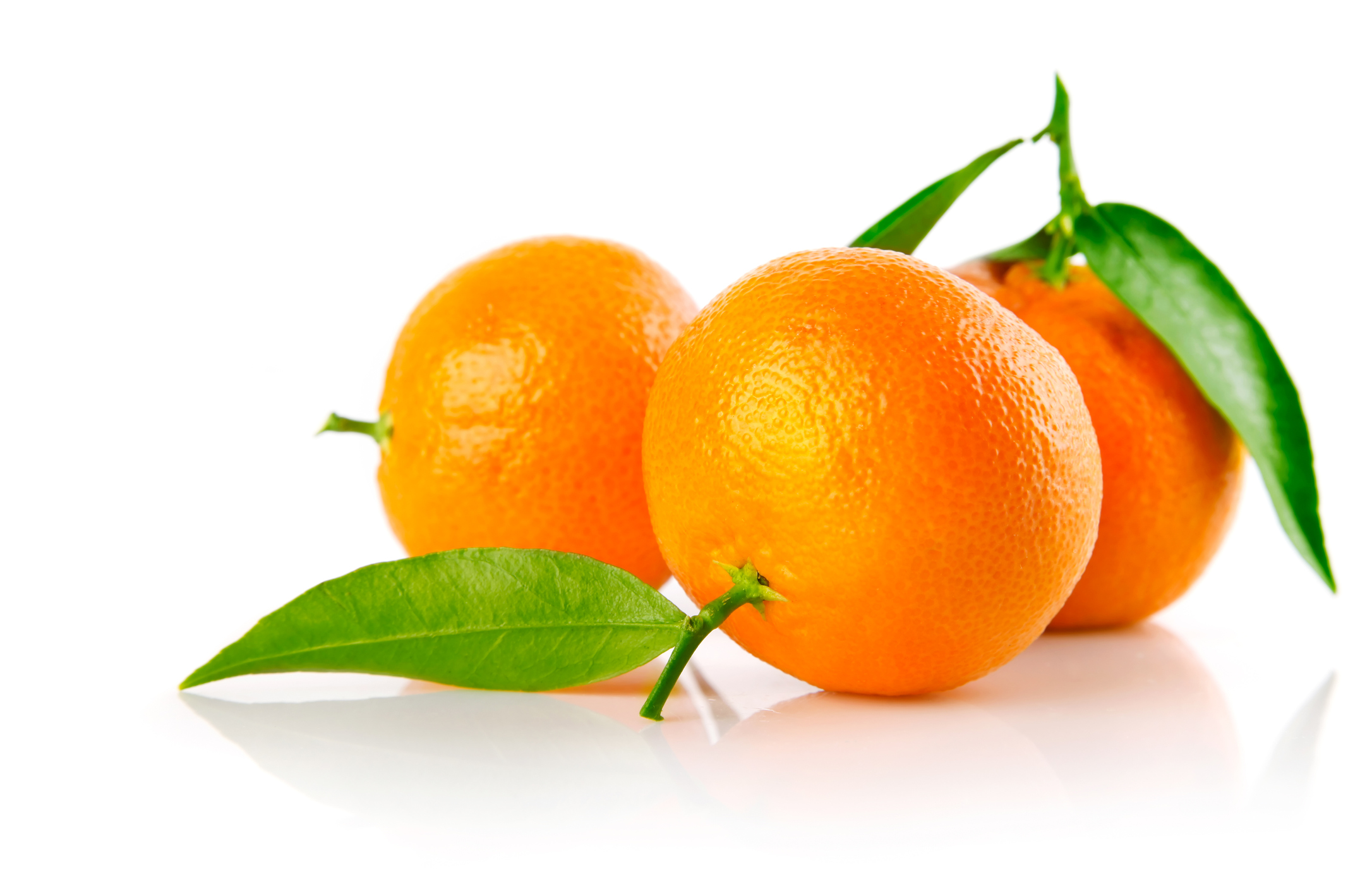
Creasing in citrus
Creasing is an alteration of the peel of citrus fruits that is characterized by the presence of small cracks and breaks in the white tissue of the skin (mesocarp) that correspond to areas of depression in the external tissue of the skin (exocarp).
Creasing is recognized to originate in the early stages of fruit development as a consequence of enzymatic breakdown of the mesocarpal cell walls. With the rupture of these walls, the tissue is damaged separating the cells and the cracks that prevent the connection between them appear. The first symptoms of creasing are detectable 8 days after fruit setting, after two months the disintegration of the mesocarp is observed, however the symptoms are only evident at the beginning of maturation.
In addition to the genetic nature of this condition, it has been observed that the type of inflorescence where the fruit is located, the climatic and soil conditions, periods of drought or wide fluctuations in humidity also influence this alteration. It has also been observed that when harvests are high, the condition increases. This may lead us to think that the same climatic conditions that promote the development of the fruit, stimulate the appearance of creasing.
Causes of cracking
Cracking is one of the most important problems for fruit producers, causing significant losses in production. The damage is caused by the absorption of water through the skin, which increases the osmotic pressure inside the fruit, causing it to increase in volume.
Among the factors that would influence the appearance of damage are the cultivar, high relative humidity, rain close to harvest, prolonged droughts with subsequent irrigation and an increase in the soluble solids content of the fruit as it matures.
The causes are due to the difference in osmotic potential between the rainwater above the epidermis of the fruit and the sugar content inside the fruit. The fruit tends to absorb water into the fruit to reduce the osmotic potential.
